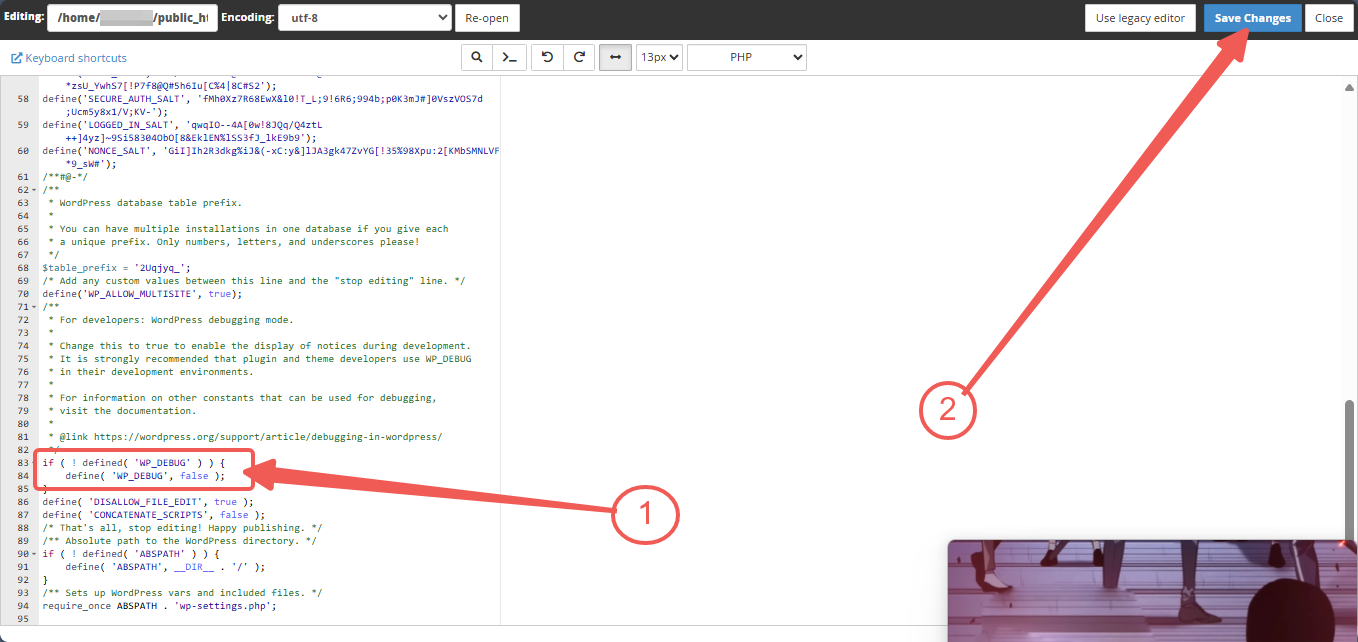A critical error message, such as the one below, requires immediate attention:
"There has been a critical error on your website. Please check your site admin email inbox for instructions."
Note: In PHP 5.3, the admin email is periodically checked to ensure the admin email address setting is correct and functional.
Here are some troubleshooting steps you can follow to resolve the issue:
1. Verify the Admin Email Address: Ensure that the admin email address is accurate, and confirm that the email function on your host is working properly.
2. Check Your Spam Folder: Some emails, including this one, may be routed to your Spam folder.
3. Update PHP: Ensure your PHP version is up to date, as many issues are resolved by simply updating PHP.
4. Locate the Error Log in Your File Manager: To find the error log, follow these steps:
STEP 1: Log in to cPanel.
There are three methods to log into your cPanel.
- Method 1: Log in to your cPanel directly.
- Method 2: Log in to your cPanel through your Customer Portal.
Through your Customer Portal;
- Log in to your Customer Portal.
- Click on "Log in to cPanel".
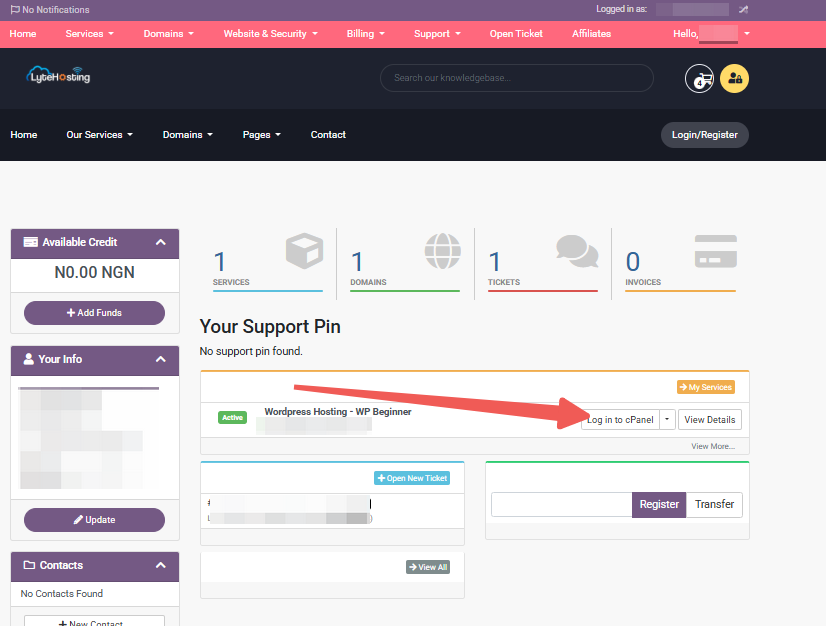
- Method 3: Log in using the details sent to your Email.
Through your Email;
- When you purchase a hosting plan, your cPanel login details (including username, password, and cPanel URL) are automatically sent to your registered email address. Simply check your inbox (or spam folder), locate the email, and use the provided credentials to access your cPanel.

STEP 2: Locate the Files section and click on File Manager.
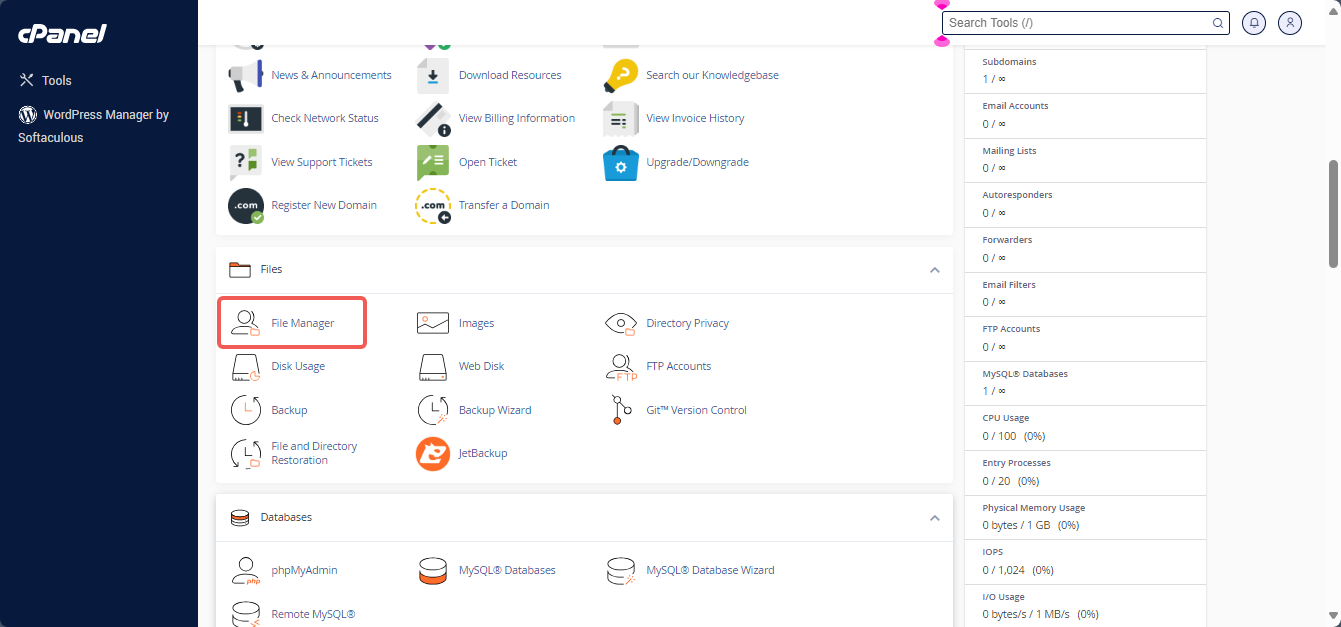
STEP 3: Click on the public_html folder. If you manage multiple domains, navigate to the folder for the specific domain in question.
STEP 4: Locate the error_log file. The most recent error entry will be at the bottom, displaying the date and time. You can refer to this error_log file to determine the cause of the error message on your site.
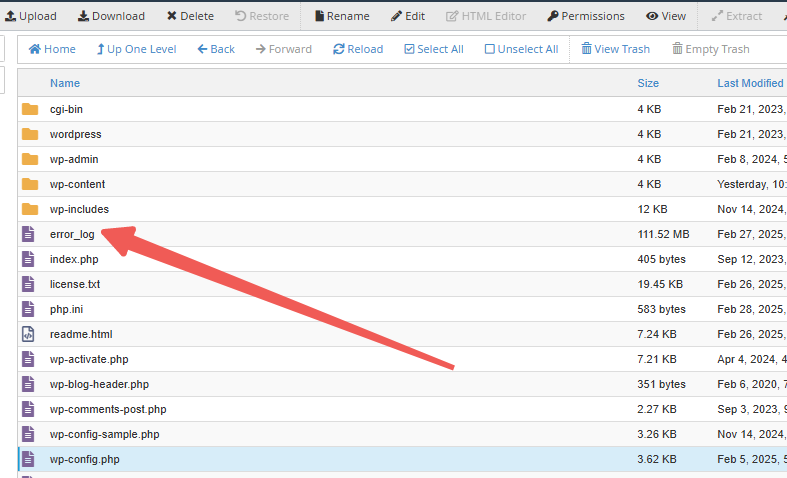
If no error message appears, continue with the steps outlined below.
STEP 5: Go back to the public_html folder, or the specific domain folder if you manage multiple domains, and enable wp_debug and wp_debug_log.
STEP 6: Within the public_html directory, find the wp-config.php file. Right-click on it and select "Edit."
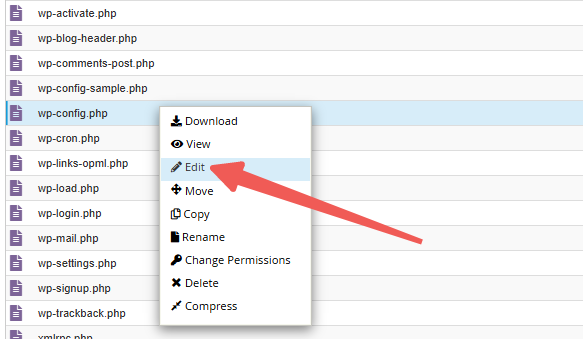
STEP 7: Search for the line define( 'WP_DEBUG', false );, which appears just before the comment, "That's all, stop editing! Happy publishing" at the bottom.
STEP 8: On the next line, add define( 'WP_DEBUG_LOG', false );.
STEP 9: Replace false with true.
STEP 10: Then, click "Save Changes" in the upper-right corner.
